Targets of active shooters are often well-populated areas, much like those we have to visit every day. Our businesses, the schools our children attend, and even the government facilities that keep our nation running. We understand the risk of living out our daily lives with people all around us, and regardless of where you are, soft targets are more appealing than hard targets.
What is a Soft Target?
Soft targets are any location that allows firearms, physical security isn’t present, or those in the area have a tendency to not carry weapons. These locations offer shooters with greater chances of success as well as safety for themselves. A few examples would be local sporting events, shopping centers, diners, or social gatherings like concerts.
Soft targets can be difficult to secure, especially given the pliable circumstances of each location. Which is also what makes them great targets for any threat. They are easy to research both online and in-person, the visitors are often used to a routine and don’t notice anything out of the ordinary, and they are easy to blend in. The threats that do the most damage are the ones that have the opportunities to prepare.
Now, we know how easy a target your business could be, and how prepared a shooter can be. The question then becomes: how prepared will you be to protect your clients and personnel?
Preparing Your Business for a Shooter
Lets first discuss the elephant in the room: shooters often have a connection to their intended target, whether it be an employee or student, or someone who has had some prior relationship with the company. These insider threats are the ones we least suspect because it’s people we’ve interacted with in the past.
The best way to prepare or any threat is to do training, drills, and have a healthy conversation. This might seem counter-intuitive for an insider threat–but actively training is a great form of deterrence of any threat. Showing them how capable you and your team are in the event of an attack will often deter any possible attacker.
With that in mind, there are four main aspects to a great business safety plan including, but not limited to, mental preparation, streamlined and rehearsed communication, site hardening and protection, and physical actions to during if an event occurs.
Mental Preparation for Your Business Employees
Half the battle is always mental, which is why it’s critical for your leaders to openly have a conversation with subordinates and acknowledge the threat. We want to emphasize having a healthy conversation because how they treat the topic is indicative of how the rest of your employees will treat the threat. Your leaders are the first line of the defense, as they are the ones your personnel will look to.
The worst-case scenario would be the lack of reaction or action from bystanders and people in the area, which could be prevented altogether with a little forethought. All too often we see people staring, watching shootouts, assaults, and even killings without the thought of saving themselves and preserving their own lives. Rather than run or fight, they freeze.
To prepare mentally, you need to get your office and staff in difficult, hands-on training. they need to understand what a threatening situation might look, feel, and sound like. Running through these drills allows your personnel to train just like your military does. Let them know what things will look like, sound like, and even feel like in order to uncover how we can adjust their reactions and actions. In order to be the best, we need to train like the best.
Streamline Communication
Communication is one of those buzz words we hear in any relationship–working or personal. It’s a key aspect to everything in life, but in times of a crisis, people often forget how to communicate under stress. The simple tasks get botched and people could end up losing their lives.
Think on both the macro and micro levels. It’s crucial for a business to have a system that can reach the entire field of buildings, offices, and beyond in an instant. However, you need an open channel of communication between smaller areas and people to people.
If possible, having access to phones or panic buttons would be the most ideal. Even intercom systems or other forms of communication that will still function without access to power. Having this access helps your employees feel safe knowing they can reach the police and other people in the company to notify them of a threat or emergency.
Practicing these lines of communication between them and law enforcement and between one another is the obvious next step, but one that’s overlooked. Just because we have the tools in place doesn’t mean we will be able to use them in times of duress without the proper training to fall back on. Whether you use coded language or direct shouts, letting people inside and outside know about an active shooter is always the main goal.
Protected Environment
Next, we need to make your business as functional as a government checkpoint without feeling like it. Too often these days businesses are opting for open workspaces, no closed doors policies, and even open concept work environments. While all of these are fine, they are extremely easy for someone to penetrate. You can–and should–make your business secure without making it feel like a cold prison entryway.
The main objectives are to control who has access to where and when they do. Not everyone needs access to the entire framework of your establishment. Any form of two system authentication is a great way to avoid a security breach. Many top-secret facilities will use badges, key fobs, and PINs assigned to personnel to determine who has access to which spaces. This would work just as well for any business, regardless of what your business is.
Within each of those spaces, having a designated safe space to act as a hidden shelter, is the most ideal option. Rooms with strong, unbreakable, or bulletproof paneling where a group of people can hide quickly. Exits are also a key part. Have multiple exit areas so that your employees and staff will never feel trapped. Cutting off the main exit is a surefire way for a threat to create panic and havoc within a large group of people.
The Physical Action Plan
For the nitty-gritty, we advocate for a plan called Avoid, Deny, Defend. It’s a holistic plan, not a step-by-step and each part is independent of the one previous to it. First, you want to do everything in your power to avoid a confrontation with an active shooter or attacker. Then, if possible, deny them access to you. Lock yourself in if you have to, hide somewhere the threat won’t find you, and if possible exit. If you’re not in either of the above situations, then defend yourself. Your life quite literally depends on it so defend yourself by any means necessary.
Another key aspect is your ability to follow this physical plan with others. As we mentioned earlier, under immense stress, our judgment can easily become impaired. Try to stay clear-headed and be a leader if the situation calls for it and as a group, avoid, deny, and defend as you all see fit. Building that muscle memory with your leaders will be critical to utilizing this physical action plan.
Let’s face it: no one plans to go to work at the office and not have the chance to come home. No one expects to die the day they do. We understand that too much fear can cause panic and be of little use to anyone. That’s why we promote leaders, managers, and CEO’s doing training exercises with any and all employees who are willing and able to practice, so they can be proactive should a crisis occur.
In the end, evil is always present and the best we can do is to mitigate the evil, not be blissfully ignorant. It could happen anywhere and to anyone. Advocate with your colleagues and coworkers to protect and defend your place of work no matter the industry. Have confidence in taking control of everything you can do in these situations where we often feel helpless.


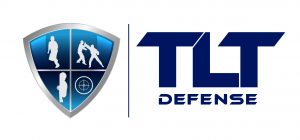
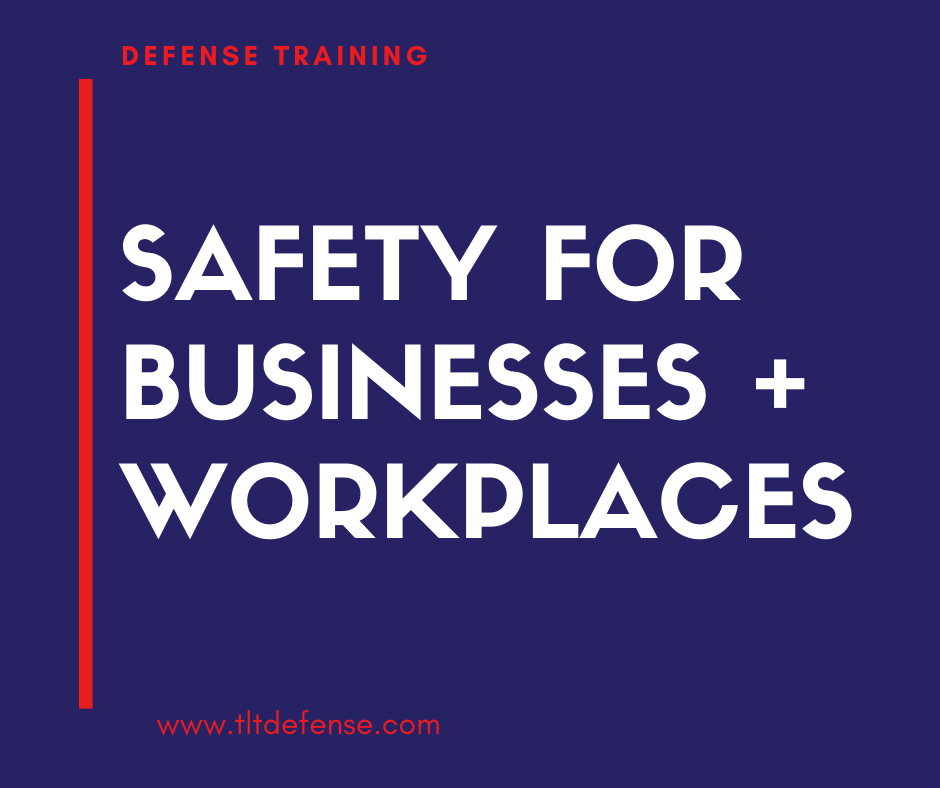
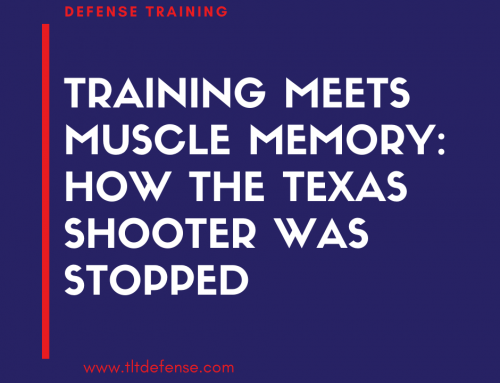
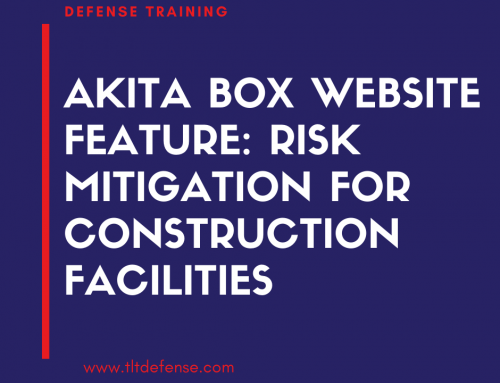
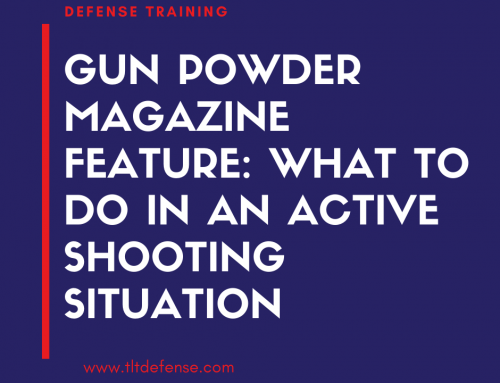
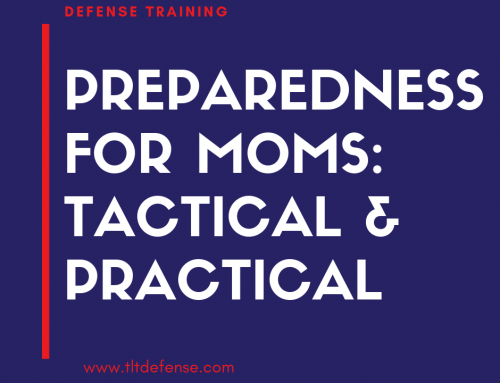
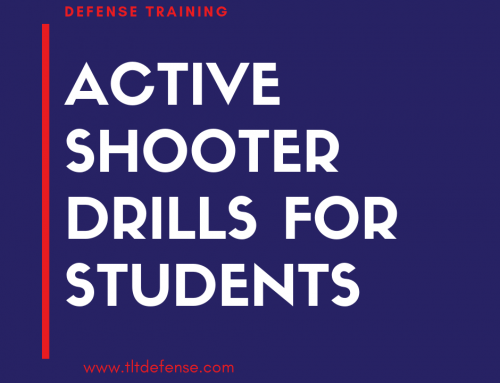
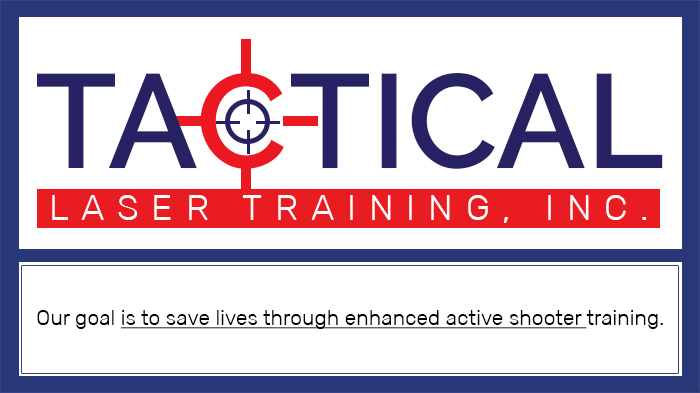
Social Contact